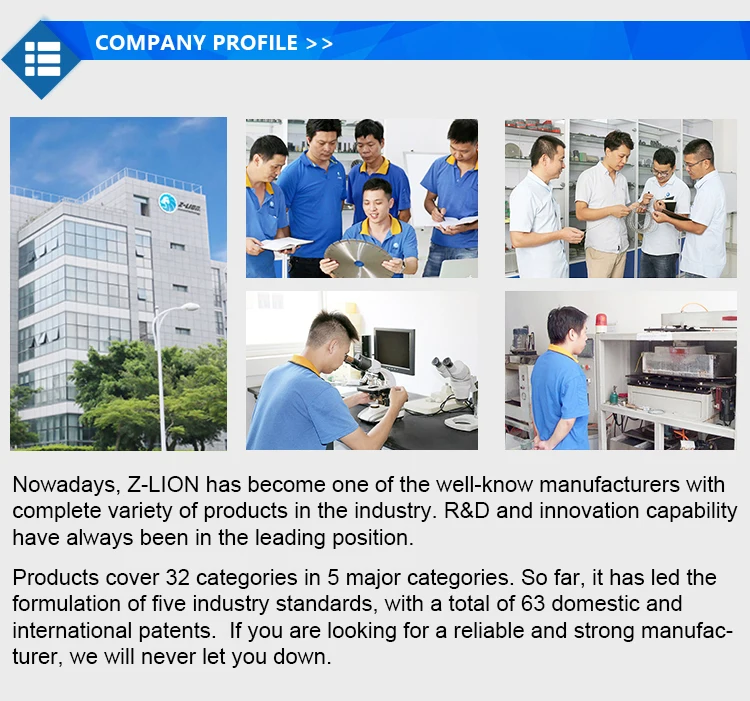1. Ensure a dry and ventilated environment: The external environment should be kept dry and ventilated, with minimal temperature changes. The temperature in the storage area should not fall below 5 degrees Celsius. Vitrified bonded grinding wheels should not be placed in wet or icy locations, and neither resin bonded grinding wheels nor rubber bonded grinding wheels should come into contact with oil.
2. Use suitable storage racks and cabinets: Avoid arbitrary stacking of grinding wheels. They should be stored on suitable racks and cabinets according to their specifications. Also, ensure that they are protected from vibrations. The specifications and detailed parameters of each grinding wheel should be marked and stored in an orderly manner based on shape, material, size, and granularity to prevent confusion.
3. Limit stacking height and use protective plates: The stacking height of resin and rubber grinding wheels should not exceed 200mm. Additionally, place flat iron plates at the bottom and top of the stack to prevent cracking and deformation of the grinding wheels.
4. Properly stack thin slice grinding wheels: Thin slice grinding wheels with sharp edges should be stacked together, but separated by spacers (e.g., thick cardboard or foam plastic) between each wheel to maintain strength and prevent damage.
5. Pay attention to storage of magnesia-bonded grinding wheels: Magnesia-bonded grinding wheels have the characteristic of absorbing moisture from the air. Special attention should be paid to their storage to prevent heat and corrosion.
6. Monitor storage duration for rubber and resin bonds: Rubber and resin bonded grinding wheels should not be stored for too long, as their chemical composition can change over time, leading to aging problems. The recommended storage period for rubber and resin bonds is generally not more than one year. After the expiration date, re-inspection is necessary before using them.

By following these guidelines for storage and maintenance, you can ensure the safety and optimal performance of grinding wheels.
To ensure the longevity, safety, and optimal performance of grinding wheels, here are some guidelines for their care and storage:
1. Clean and inspect the grinding wheel before use: Before mounting a grinding wheel on a machine, inspect it for any cracks, chips, or other damage. Remove any dirt, debris, or buildup from the wheel using a brush or compressed air.
2. Handle with care: When moving or transporting grinding wheels, handle them carefully to avoid impacts or dropping. Rough handling can cause damage to the wheel, compromising its performance and safety.
3. Store in a dry and controlled environment: Grinding wheels should be stored in a dry and well-ventilated area with stable temperature conditions. Avoid areas with high humidity, extreme temperature fluctuations, or exposure to direct sunlight or moisture.
4. Use proper storage racks or cabinets: Avoid stacking grinding wheels haphazardly. Utilize designated storage racks or cabinets that can support the weight of the wheels without deformation or damage. Store them in an upright position to maintain their shape.
5. Segregate and label based on specifications: Organize and segregate grinding wheels based on their specifications such as shape, size, type, and grit size. Clearly label each wheel to facilitate easy identification and prevent confusion during use.
6. Protect from impact and vibration: Avoid subjecting grinding wheels to excessive vibration or impacts. Vibrations and shocks can lead to wheel breakage or cracking. Ensure that they are stored in a stable location away from heavy machinery or equipment that could cause vibrations.
7. Avoid contact with oils and chemicals: Keep grinding wheels away from oils, greases, or chemicals that may deteriorate the bond or integrity of the wheel. Store them in a separate area to prevent any contamination.
8. Regular inspection and rotation: Periodically inspect the stored grinding wheels for any signs of damage, wear, or deterioration. If possible, rotate the wheels to ensure even usage and prevent flat spots from forming.
9. Follow manufacturer's recommendations: Always consult the manufacturer's guidelines and instructions for specific care and storage recommendations for the grinding wheels you are using. Different types of grinding wheels may have specific requirements.
By following these care and storage practices, you can extend the lifespan of your grinding wheels, maintain their performance, and ensure a safe grinding operation.
Contact us, you will get more than what you see.

-All diamond tools can be ordered and fabricated!
-Henry Wang | Quote Manager
-WhatsApp:+86-18030177538
-Email: ceo@zdiamondtools.com
-Web www.zdiamondtools.com

Company Profile















